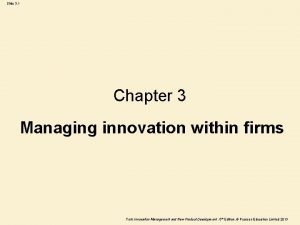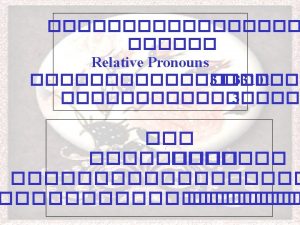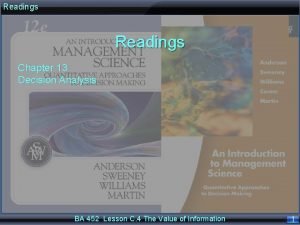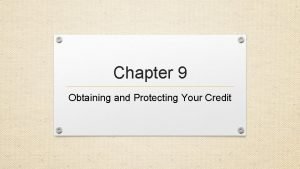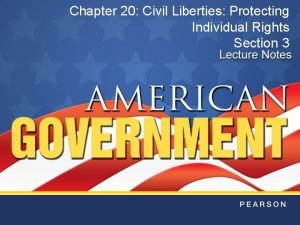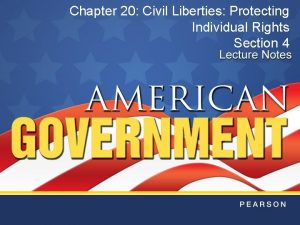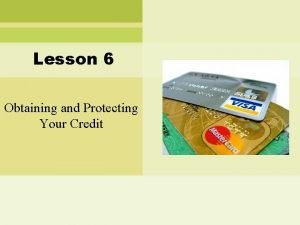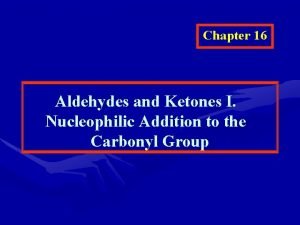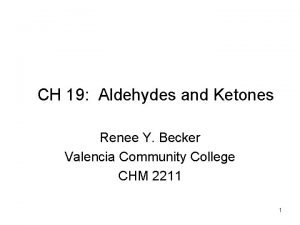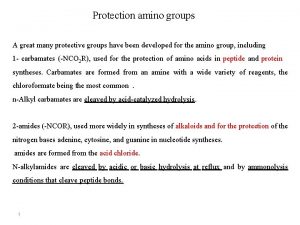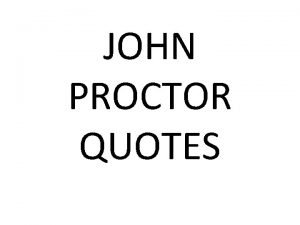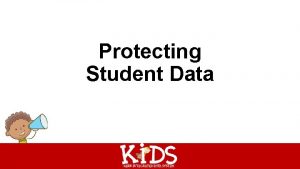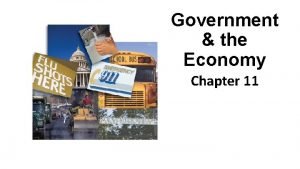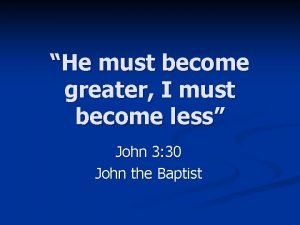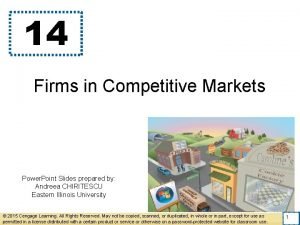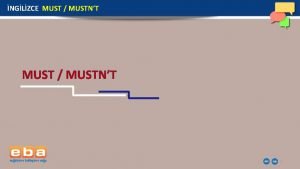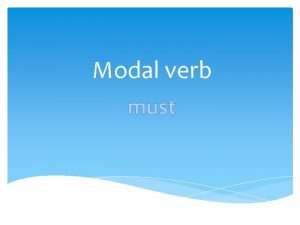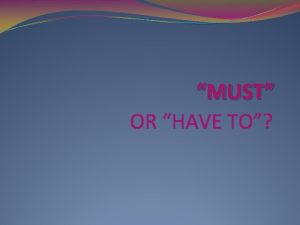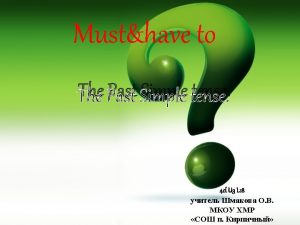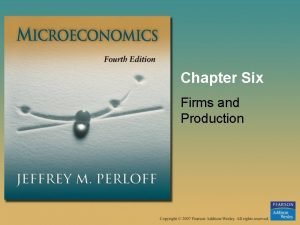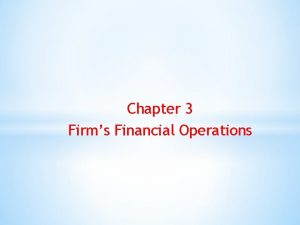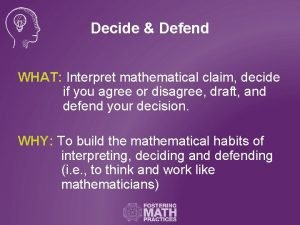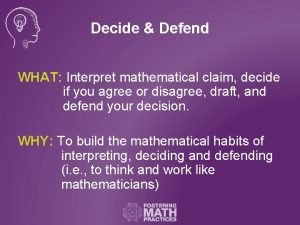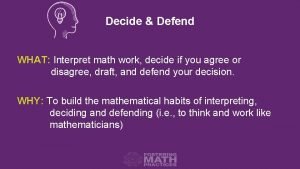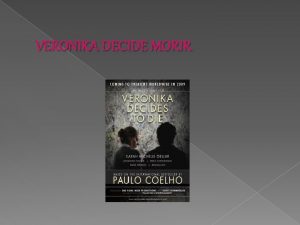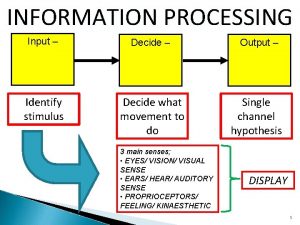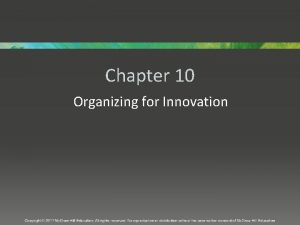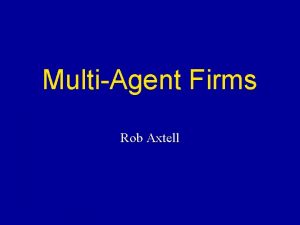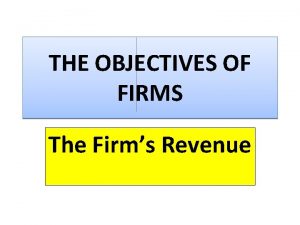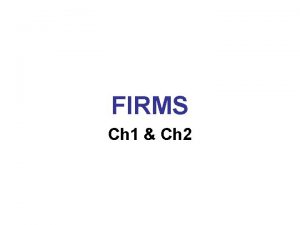Chapter 9 Protecting Innovation Overview Firms must decide





















- Slides: 21

Chapter 9 Protecting Innovation

Overview § Firms must decide whether and how to protect their technological innovations. § Protecting innovation helps a firm retain control over it and appropriate the rents from it. § However, sometimes not protecting a technology is to the firm’s advantage – it may encourage others to support the technology and increase its likelihood of becoming dominant. 9 -2

Appropriability § Appropriability: The degree to which a firm is able to capture the rents from its innovation. § Appropriability is determined by how easily or quickly competitors can copy the innovation. § Some innovations are inherently difficult to copy (tacit, socially complex, etc. ) § Firms may also attempt to protect innovations through patents, trademarks, copyrights or trade secrets. 9 -3

Patents, Trademarks and Copyrights § Patents, trademarks and copyrights each protect different things. § Patents: rights granted by the government that excludes others from producing, using, or selling an invention. § Must be useful, novel, and not be obvious. § Utility patents protect new and useful processes, machines, manufactured items or combination of materials. § Design patents protect original and ornamental designs for manufactured items. § Plant patents protect distinct new varieties of plants. § In 1998, many software algorithms became eligible for patent protection. 9 -4

Patents, Trademarks and Copyrights § Rapid growth in patent applications have helped fuel significant delays in the time between application and granting. 700, 000 The patent process can take 2 -5 years, with an average of 33 months in 2011. 600, 000 500, 000 400, 000 300, 000 200, 000 1980 1981 1982 1983 1984 1985 1986 1987 1988 1989 1990 1991 1992 1993 1994 1995 1996 1997 1998 1999 2000 2001 2002 2003 2004 2005 2006 2007 2008 2009 2010 2011 2012 2013 2014 0 Total patent applications Utility patent applications, US origin Utility patent applications, foreign origin 9 -5

Patents, Trademarks and Copyrights § Patent Laws Around the World § Countries have their own laws regarding patent protection. Some treaties seek to harmonize these laws. § Paris Convention for the Protection of Industrial Property § Foreign nationals can apply for the same patent rights in each member country as that country’s own citizens. § Provides right of “priority” – once inventor has applied for protection in one member country, they can (within certain time period) apply for protection in others and be treated as if they had applied on same date as first application. § Patent Cooperation Treaty (PCT) § Inventor can apply for patent in a single PCT receiving office and reserve right to apply in more than 100 countries for up to 2 ½ years. Establishes date of application in all member countries simultaneously. Also makes results of patent process more uniform. 9 -6

Patents, Trademarks and Copyrights § Countries that are members of Patent Cooperation Treaty PCT Covered countries Non-PCT Covered countries 9 -7

Patents, Trademarks and Copyrights § Patent Strategies § It is typical to assume that an inventor seeks a patent because they desire to make and sell the invention themselves. § However, inventors and firms may monetize patents in a range of different ways, including licensing the technology to others, or selling the patent rights to another firm that can better utilize the technology. § Sometimes firms seek patents just to limit the options of competitors, or to earn revenues through aggressive patent lawsuits. These actions are sometimes referred to as "patent trolling. " § Apple claims to be the #1 target for patent trolls, having faced nearly 100 lawsuits between 2011 and 2014 9 -8

Patents, Trademarks and Copyrights § Dense webs of “patent thickets” can make it hard for firms to compete, and stifle innovation. § Firms sometimes buy bundles of patents just to create a “war chest” to defend themselves from lawsuits by offering a credible threat of retaliation. § For example, in 2011, the bankrupt Nortel auctioned off its massive patent portfolio. A consortium called Rockstar Bidco that included Microsoft, Apple, RIM, Sony, and Ericsson, won the auction for $4. 5 billion, beating out Google which bid $4. 4 billion. Google subsequently bought 1, 030 IBM patents that covered a range of technologies. These patents were not necessary for Google's business directly; rather they provided a retaliation threat to others that might attack them through patent suits. 9 -9

Patents, Trademarks and Copyrights § Trademarks and Service Marks: a word, phrase, symbol, design, or other indicator that is used to distinguish the source of goods form one party from goods of another (e. g. , Nike “swoosh” symbol) § Rights to trademark are established in legitimate use of mark; do not require registration. § However, marks must be registered before suit can be brought over use of the mark. § Registration can also be used to establish international rights over trademark. § Two treaties simplify registration of trademarks in multiple countries: Madrid Agreement Concerning the International Registration of Marks, and the Madrid Protocol. Countries that adhere to either or both are in Madrid Union (85 members) 9 -10

Patents, Trademarks and Copyrights § Copyright: a form of protection granted to works of authorship. § Copyright prohibits others from: § § § Reproducing the work in copies or phonorecords Preparing derivative works based on the work Distributing copies or phonorecords for sale, rental, or lease Performing the work publicly Displaying the work publicly § Work that is not fixed in tangible form is not eligible. § Copyright is established in first legitimate use. § However, “doctrine of fair use” stipulates that others can typically use copyrighted material for purposes such as criticism, new reporting, teaching research, etc. § Copyright for works created after 1978 have protection for author’s life plus 70 years. 9 -11

Patents, Trademarks and Copyrights § Copyright Protection Around the World § Copyright law varies from country to country. § However, the Berne Union for the Protection of Literary and Artistic Property (“Berne Convention”) specifies a minimum level of protection for member countries. § Berne convention also eliminates differential rights to citizens versus foreign nationals. 9 -12

Trade Secrets § Trade Secret: information that belongs to a business that is generally unknown to others. § Firm can protect proprietary product or process as trade secret without disclosing detailed information that would be required in patent. § Enables broad class of assets and activities to be protectable. § To qualify: § Information must not be generally known or ascertainable. § Information must offer a distinctive advantage to the firm that is contingent upon its secrecy. § Trade secret holder must exercise reasonable measures to protect its secrecy. 9 -13

The Effectiveness and Use of Protection Mechanisms § In some industries, legal protection mechanisms are more effective than others § E. g. , in pharmaceutical patents are powerful; in electronics they might be easily invented around. § It is notoriously difficult to protect manufacturing processes and techniques. § In some situations, diffusing a technology may be more valuable than protecting it. § However, once control is relinquished it is difficult to reclaim. 9 -14

Theory In Action IBM and the Attack of the Clones § In 1980, IBM was in a hurry to introduce a personal computer (PC). It used off-the-shelf components such as Intel microprocessors an operating system from Microsoft, MS DOS. § It believed that its proprietary basic input/output system (BIOS) would protect the computer from being copied. § However, Compaq reverse engineered the BIOS in a matter of months without violating the copyright, and quickly introduced a computer that behaved like an IBM computer in every way. Compaq sold a record-breaking 47, 000 IBM-compatible computers its first year, and other clones were quick to follow. 9 -15

The Effectiveness and Use of Protection Mechanisms § Wholly Proprietary Systems vs. Wholly Open Systems § Wholly proprietary systems may be legally produced or augmented only by their developers. § Wholly open system may be freely accessed, augmented and distributed by anyone. § Many technologies lie somewhere between these extremes. 9 -16

The Effectiveness and Use of Protection Mechanisms § Advantages of Protection § Proprietary systems offer greater rent appropriability. § Rents can be used to invest in further development, promotion, and distribution. § Give the firm control over the evolution of the technology and complements § Advantages of Diffusion § May accrue more rapid adoptions if produced and promoted by multiple firms § Technology might be improved by other firms (though external development poses its own risks). 9 -17

The Effectiveness and Use of Protection Mechanisms § Production Capabilities, Marketing Capabilities, and Capital § Factors influencing benefits of protection vs. diffusion 1. Can firm produce the technology at sufficient volume or quality levels? 2. Are complements important? Are they available in sufficient range and quality? Can the firm afford to develop and produce them itself? 3. Is there industry opposition against sole source technology? 4. Can the firm improve the technology well enough and fast enough to compete with others? 5. How important is it to prevent the technology from being altered in ways that fragment it as a standard? 6. How valuable is architectural control to the firm? Does it have a major stake in complements for the technology? 9 -18

Part Three: Implementing Technological Innovation Strategy § Structuring the firm to improve its likelihood of innovating, its effectiveness at new product development, and its speed of new product development, § Managing new product development processes to maximize fit with customer needs, while simultaneously minimizing development cycle time and controlling development costs, § Composing, structuring, and managing new product development teams to maximize new product development effectiveness, § Crafting a strategy for effectively deploying the innovation into the marketplace, including timing, licensing strategies, pricing strategies, distribution, and marketing. 9 -19

The Digital Music Distribution Revolution § In 1991, Fraunhofer IIS of Germany invents the MP 3 format; by late 1990’s the format is wildly popular. § In 1999, Shawn Fanning releases Napster, a free software program that allows users to easily share MP 3 files (“peer-to-peer”) § The RIAA starts to worry about illegal trade of copyrighted music. In 2001 it gets a court ruling against Napster, taking it offline. § However, new peer-to-peer music services began to sprout up to meet the demand of the large population of “music pirates. ” § In 2003, Apple opens its i. Tunes Music Store – a one-stop-shop for music files from the five major record labels. Now record industry is earning significant revenues from MP 3 s. § In 2006, France pushes Apple to loosen its restrictions on i. Tunes music and i. Pods. Should Apple use a more “open” model? § By 2011, sales of digital music surpassed the sale of physical music for the first time. However, some analysts anticipated a move away from music ownership altogether, with users instead just listening to music streamed from services such as Pandora and Spotify. 9 -20

The Digital Music Distribution Revolution Discussion Questions: 1. What industry conditions lead to the revolution in audio distribution? Which stakeholders stand to benefit most (or least) from this revolution? 2. Why did the music stores created by the record labels fail to attract many subscribers? What, if anything, should the record labels have done differently? 3. What factors led i. Tunes to be successful? 4. What new models of music distribution have emerged, and what do you think will influence whether they endure? 9 -21
 Pearson uncertainty map
Pearson uncertainty map Mysite socccd
Mysite socccd Radical vs disruptive innovation
Radical vs disruptive innovation Decide whether the relative pronoun is correct or not.
Decide whether the relative pronoun is correct or not. The gorman manufacturing company must decide
The gorman manufacturing company must decide Chapter 9 obtaining and protecting your credit
Chapter 9 obtaining and protecting your credit Chapter 20 civil liberties protecting individual rights
Chapter 20 civil liberties protecting individual rights Chapter 9 obtaining and protecting your credit
Chapter 9 obtaining and protecting your credit Chapter 20 civil liberties protecting individual rights
Chapter 20 civil liberties protecting individual rights Chapter 20 civil liberties protecting individual rights
Chapter 20 civil liberties protecting individual rights Obtaining and protecting your credit
Obtaining and protecting your credit Aldehyde protecting group
Aldehyde protecting group Primary aldehyde
Primary aldehyde Carbamate protecting group
Carbamate protecting group John proctor quotes
John proctor quotes Protecting student data
Protecting student data Protecting consumers savers and investors examples
Protecting consumers savers and investors examples Single species approaches to protecting biodiversity
Single species approaches to protecting biodiversity Biodiversity
Biodiversity He must become greater; i must become less
He must become greater; i must become less Firms in competitive markets chapter 14 ppt
Firms in competitive markets chapter 14 ppt A 23 year old male experienced severe head trauma
A 23 year old male experienced severe head trauma
